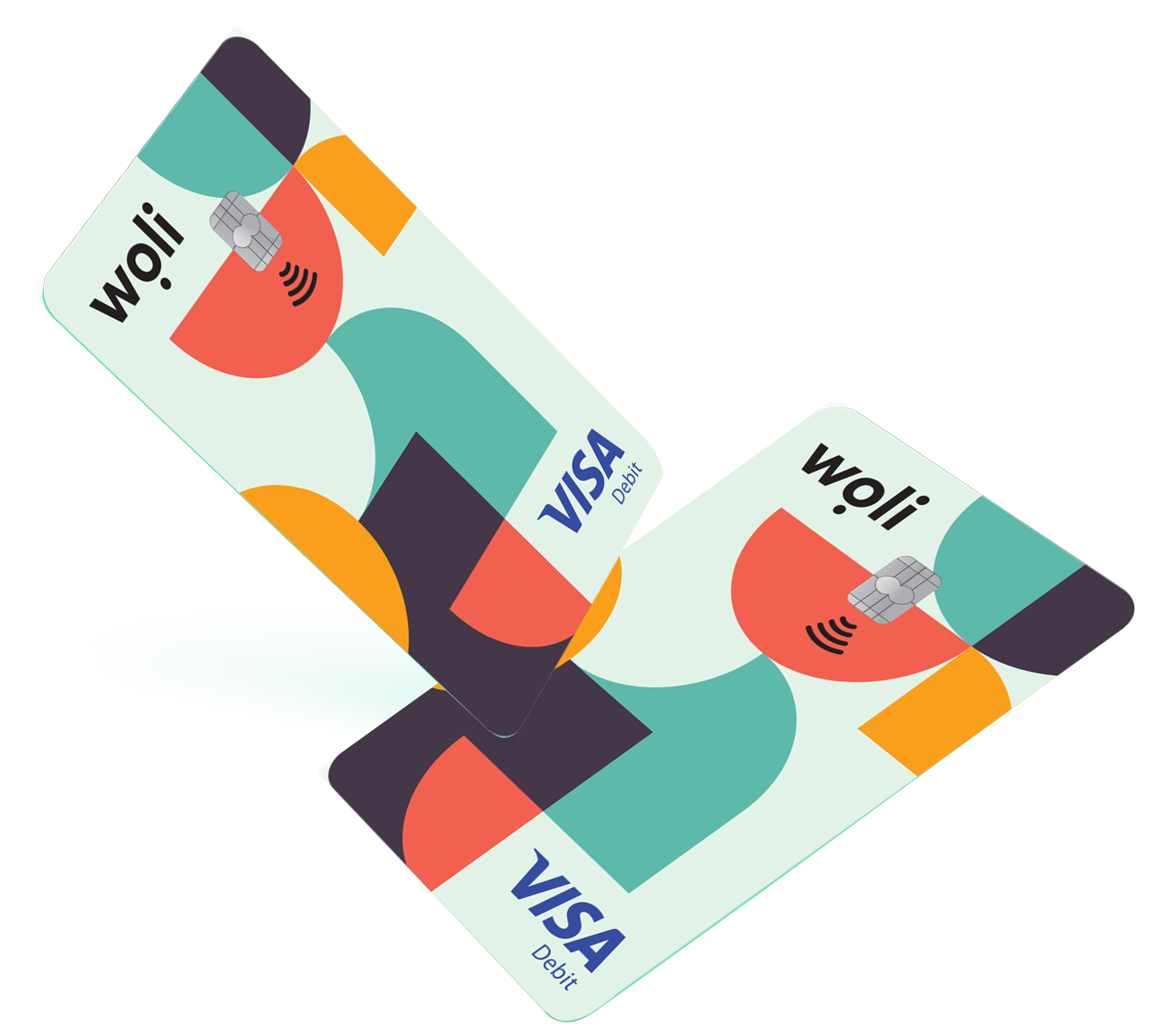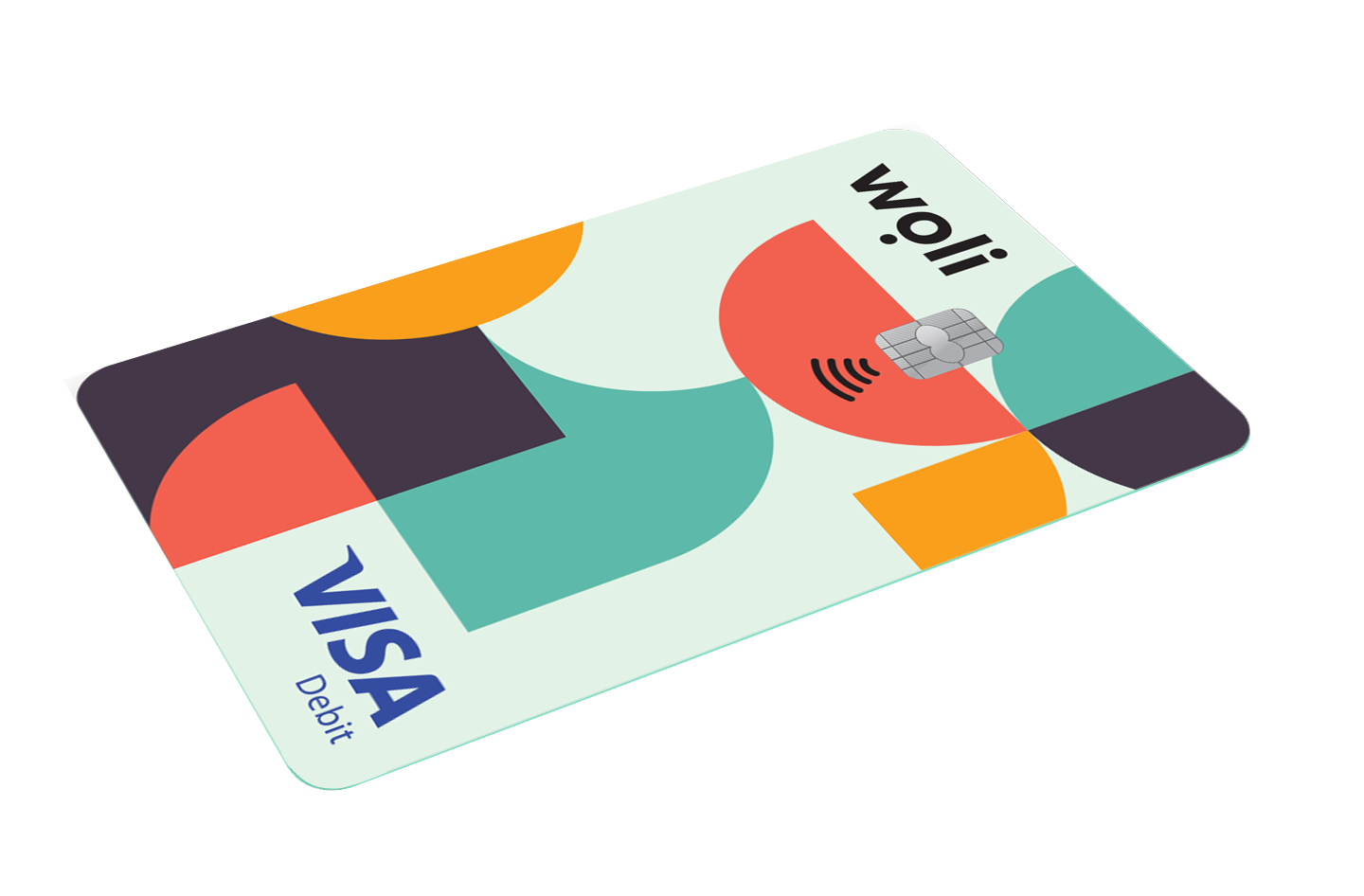Technology has become an integral part of children’s and teens’ daily lives. From apps and video games to digital entertainment platforms, digital experiences are now consumed extensively by younger generations. However, alongside these opportunities come challenges. One of the biggest is uncontrolled digital spending.
Why It’s Important to Set Boundaries on Digital Purchases
Many children spend money without fully understanding its value. In-app purchases, subscriptions, and small paid digital items in games or platforms can lead to excessive spending, often without the child or their parents even realizing it. That’s why it’s crucial for parents to guide their children in managing these purchases responsibly.
Start with Conversation and Education
The first step is open communication. Talk to your child about what digital purchases are and how they work. Explain that although the content is virtual, the money being spent is real. This realization is critical for helping a child understand the consequences of their choices.
Establishing Rules and Limits
Next, it’s important to create a clear set of rules. Instead of banning digital purchases altogether—which can often lead to resistance and secretive behavior—consider implementing logical and consistent limits. For example, you can agree on a specific amount they’re allowed to spend each month.
How Woli Supports Financial Behavior
Woli can play a key role in this process. Through the app, parents can monitor their child’s purchases in real time, set spending limits, approve or reject transactions, and turn every purchase into a learning opportunity. This way, the child remains autonomous while learning how to act responsibly.
Teaching Kids About Budgeting
Budgeting is another powerful tool. If a child has €20 for the month, they have to decide where and how to spend it. Will they buy a new skin in their favorite game or save up for something more meaningful? Through this process, children develop skills that will benefit them for life.
Setting Financial Goals
At the same time, setting goals can be extremely motivating. When a child wants to purchase something more expensive, they can set a goal and start saving for it. With the Woli feature Money Goals, this process becomes fun and interactive: children track their progress and understand that consistency and patience pay off.
Financial Education: The Key to the Future
In addition, consistent financial education is crucial. It’s not enough to simply limit purchases—we must help children develop a healthy financial mindset. This means learning the difference between “needs” and “wants,” understanding the value of saving, making smart purchases, and comparing prices.
Woli offers interactive content for kids and teens, allowing them to learn in a way that speaks to them—through quizzes, articles, videos, and missions that enhance their understanding of money.
The Parent’s Role as a Role Model
Of course, parents also serve as role models. Children learn by observing. If they see their parents managing finances responsibly, discussing purchases, and explaining their choices, they’re more likely to adopt similar behaviors. Financial education starts at home.
Trust and Independence
We shouldn’t overlook the importance of trust. Children and teens need guidance, but they also need room to experiment. If they have a small amount of money and make a purchase they later regret, that can be a valuable lesson. Through experience, they learn to evaluate and evolve.
Technology as an Ally
Another helpful factor is technology. With apps like Woli, financial management becomes a game. Kids can see their account activity, take on challenges, earn badges, and build a stronger relationship with money.
Gradual Learning and Everyday Practice
Finally, consistency is key. Financial education isn’t a one-time conversation but a gradual journey strengthened over time. Establish weekly or monthly family discussions about finances. Ask your child how they plan to spend their allowance, if they have a goal, or what they learned from their last purchase. This way, you help them gradually integrate financial skills into their everyday life.
Conclusion
Responsible digital consumption is a 21st-century skill—and with the right tools and guidance, every child can develop it. Woli is here to support parents and children on this journey, with practical solutions, inspiration, and education.
And as children learn to spend wisely, they lay the foundation for a future of autonomy, responsibility, and confidence. A future that starts today—with one small decision and one smart tool.
Try the Woli Debit Card and teach your child financial responsibility in a fun way! Download the Woli app on Android or iOS, follow the steps to add your child, and get 30 DAYS FREE on the premium BASIC subscription and a FREE physical Woli card!









